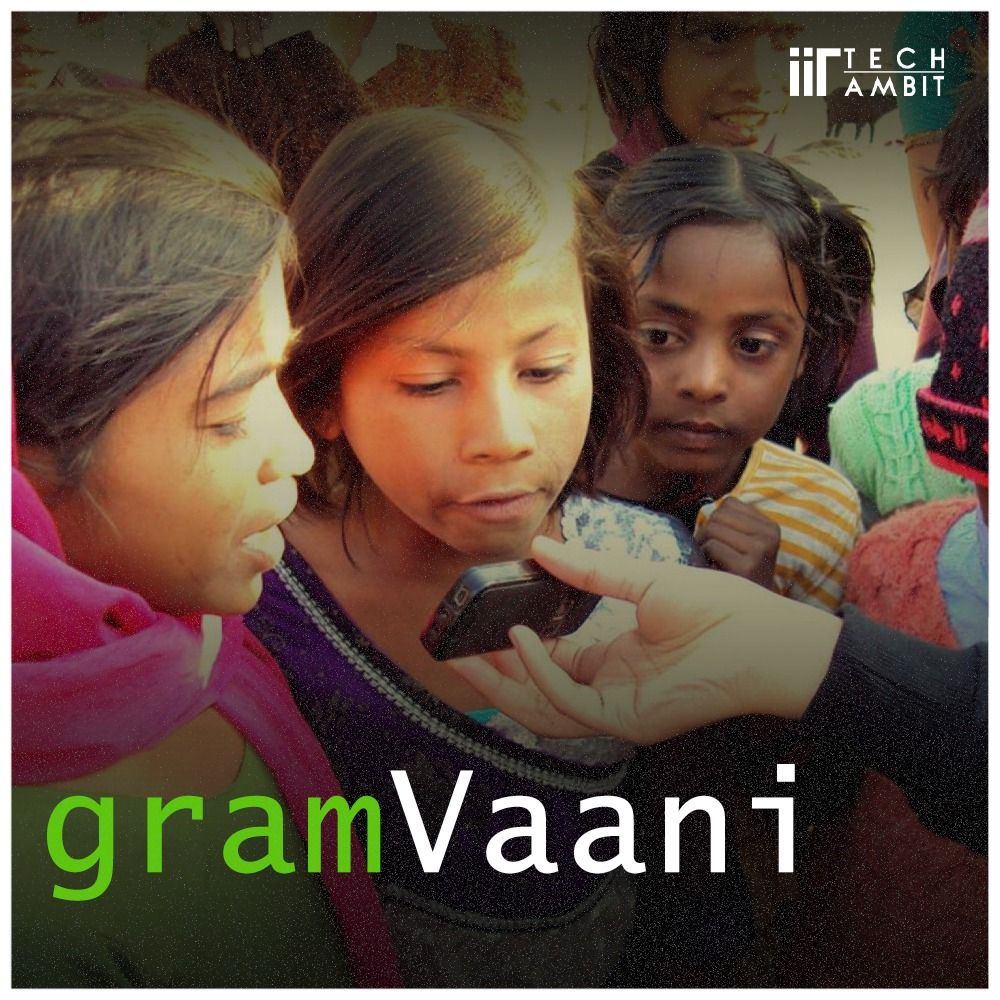Ideation
During his Ph.D. at the University of Waterloo, Professor Aaditeshwar Seth saw how he, as a technologist, has the power to benefit the underprivileged directly. He started by providing low-cost internet connectivity in remote, rural areas. But as they started doing pilots in these areas, Professor Seth realized that only providing internet connections was not enough.
"We started realizing that just providing the internet alone wasn't going to be good enough because we were also dealing with many other challenges like poor literacy and people not having adequate skills. Very often, access was supposed to be intermediated by skilled people. "
This was very problematic because it caused a lot of power dynamics and marginalisation (by skilled operators). This was another complicated issue, which included societal hierarchy. Therefore, Professor Seth wanted to create a way so that even unskilled or illiterate people could have direct access without using the internet so that they could share information and talk about their problems. This led to the start of Gram Vaani, a social entrepreneurship project to help rural areas of India develop through community media, primarily audio.
"We wanted to use audio because audio then becomes the lowest common denominator that just about anybody can access. We also found that the space of community radio was very vibrant."
The first challenge that Professor Seth's team at Gram Vaani had hoped to solve was setting up such community radio stations at a low cost.
"We built what's called a radio automation system. And it's an open-source system equivalent platform. Then it cost them more than $10,000. Our equipment was under $1,000. "
Using this technology, Professor Seth's team enabled more stations to build extensive community engagement. The stations could run many impactful programs where people could ask questions to experts, talk about any issue that concerns the community, etc. Professor Seth recollects:
"From a governance and transparency point of view, stations would send their staff to attend gram sabha and panchayat meetings." And then, in those meetings, they would just put the phone in the middle of the room. So that the meeting discussion was being relayed, and it was broadcast live on air.
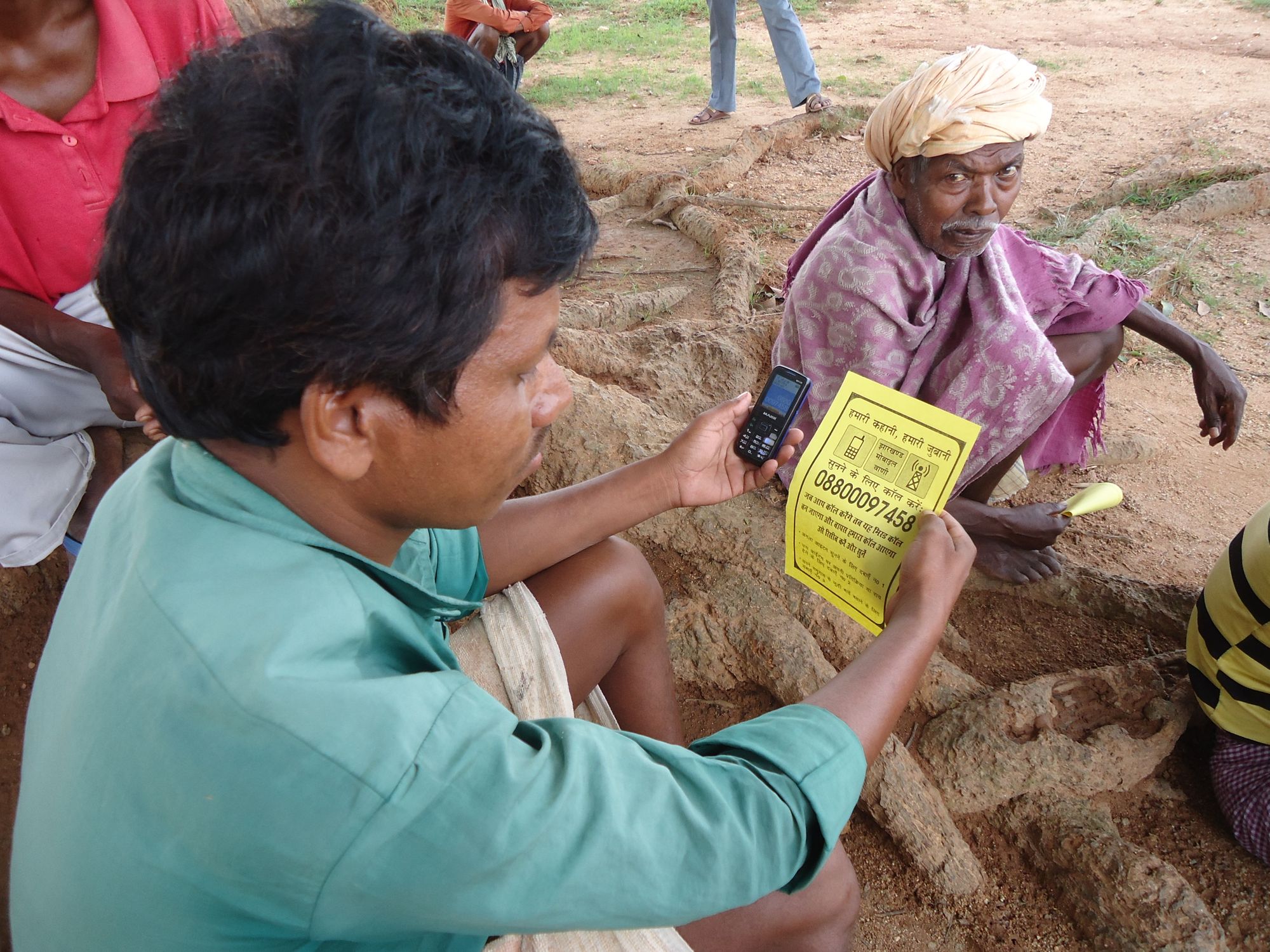
Moving onto the Mobile Network
Even though the cheap equipment to set up radio equipment was available now, there were many more challenges that the NGOs setting up these stations faced. These included problems like lack of grants, difficulty in getting licenses etc. Therefore, the team had to innovate further. Coincidentally, this was when mobile penetration was snowballing in India. So, Professor Seth thought of giving the same capabilities as community radio, but entirely over the phone via interactive voice response (IVR). So, in this way, any person that owns a cell phone can participate in the community, ask questions, listen to the local news, record any important notice, and listen to other people's recordings. This kept the interactive nature of community radio intact while being much more universal.
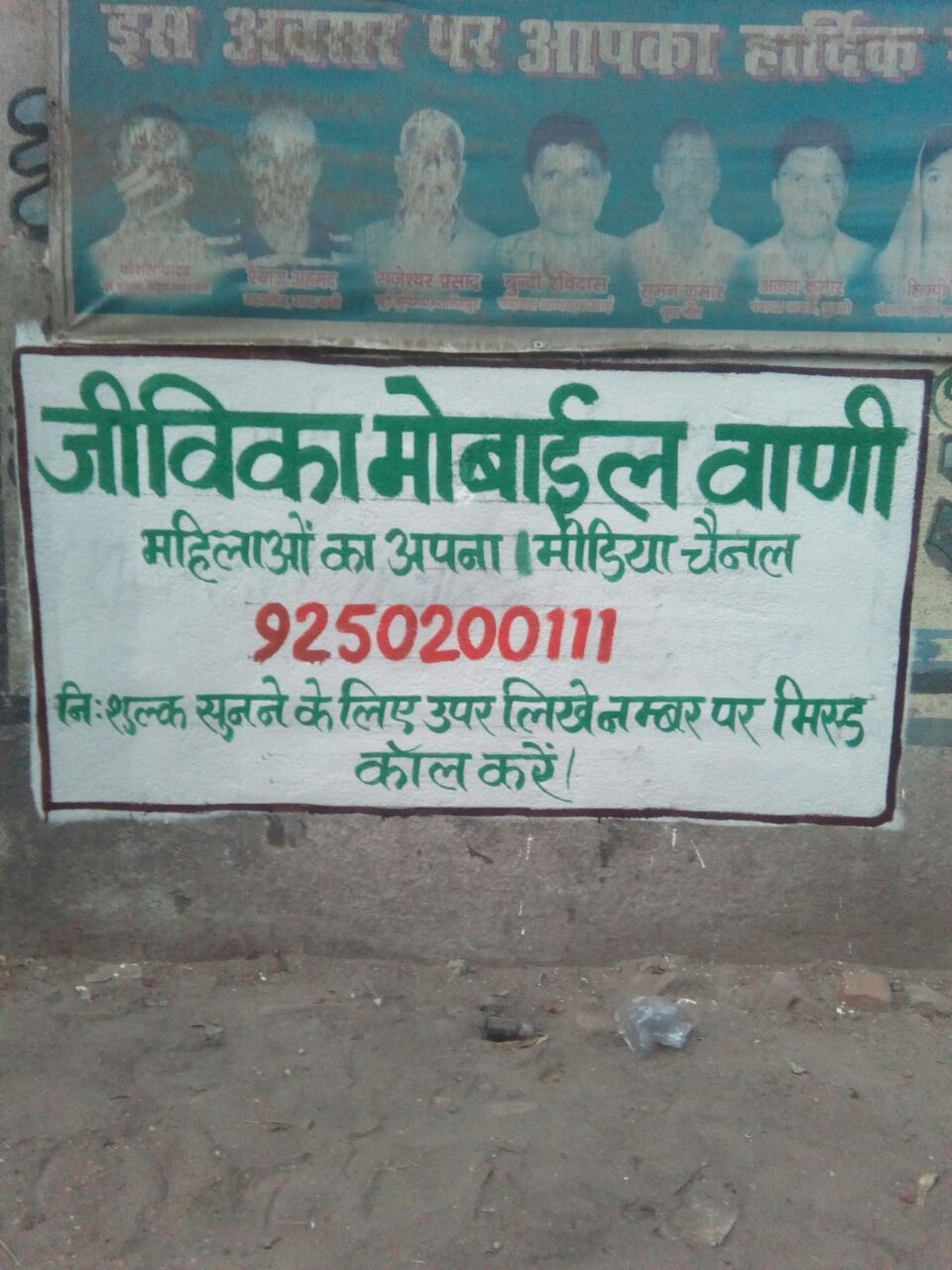
Since there are no radio jockeys in this system, the content is moderated by a small group of volunteers and a central team at Gram Vaani. These moderators apply just some basic filters like the quality of the sound recording and the presence of background noise, etc. They also check the recordings from an editorial perspective, removing any slanderous or unverified information, before they mark them for publication. All of this is facilitated in a cloud-hosted manner. This meant that NGOs and communities interested in establishing an IVR-based community media network could do so without incurring significant setup costs or licensing requirements. When asked about the impact of his work, Professor Seth replied proudly:
"It (Gram Vaani) brings so many benefits because it improves the awareness of people, when people are sharing content in their own language, which makes it very contextual. It enables a lot of empowerment because even marginalised groups can call and talk about their issues. So that brings in a lot of empowerment or confidence. It helps improve local governance as well, because people call and they talk about problems they're facing with government schemes or schools, like the quality of midday meals in schools and so many things. "
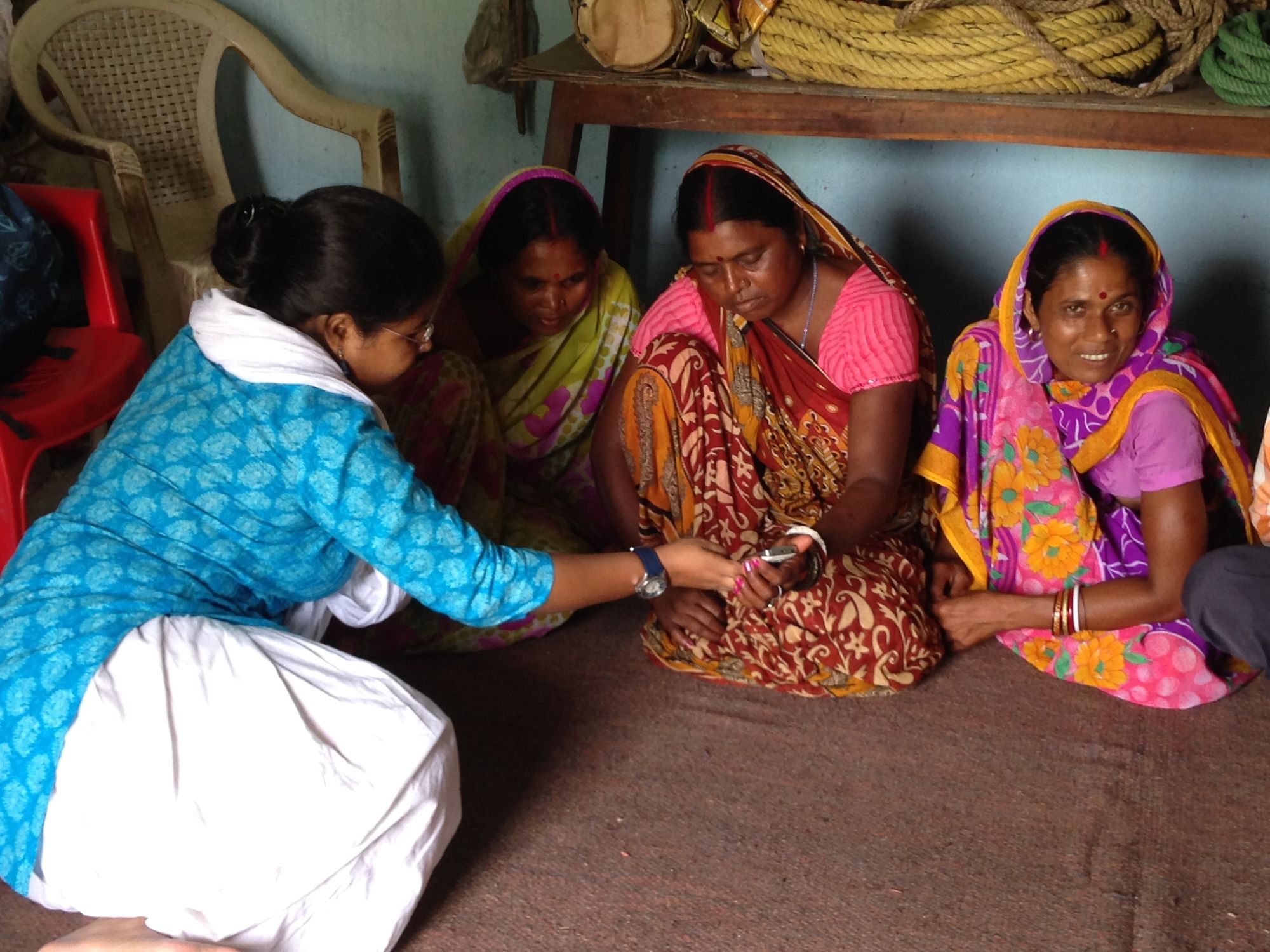
More Challenges
Again, building the technology was not enough: there was a need for setting up people from the local community who would bring these contextual programs to it. This was done by taking volunteers from the community and training them to take charge, manage the content, and create new kinds of programs suited for their community.
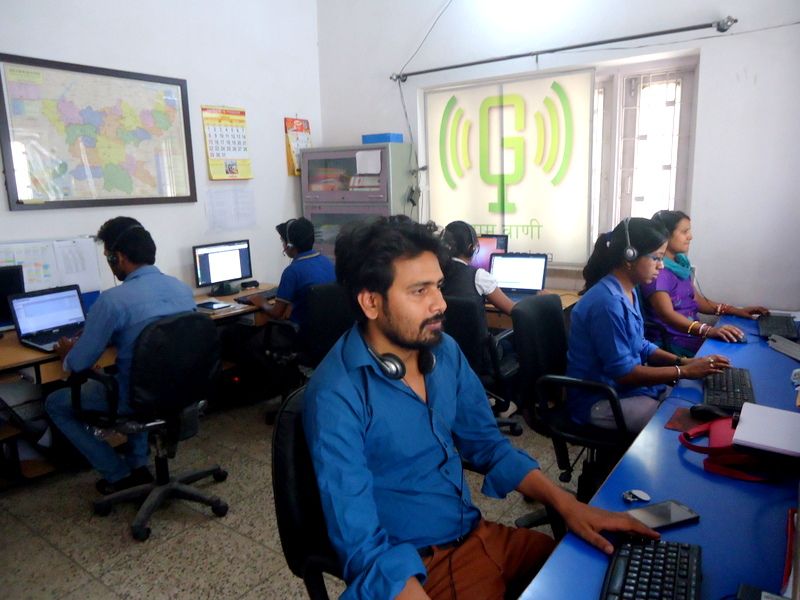
Here, Professor Seth's team encountered another issue: There was no guarantee that the volunteers they would recruit would be unbiased and give every community member a chance to speak. They also had to ensure that the volunteers were not propagating any unverified information. To overcome this, they ensured representativeness in their volunteer base along caste, gender, and religious lines, so that no one felt left behind. Also, they made a system where when volunteers reject an issue. It escalates to the senior team members. The team also ensures that contentious matters related to politics, etc., are not included.
Conclusion
As you can see, Professor Seth faced challenges from the technological domain and the social one. And that is one of the key takeaways from his journey. As technologists, our job is to provide the technology that people need and ensure that the benefits of that technology reach all stakeholders by designing effective mechanisms for fair use.
